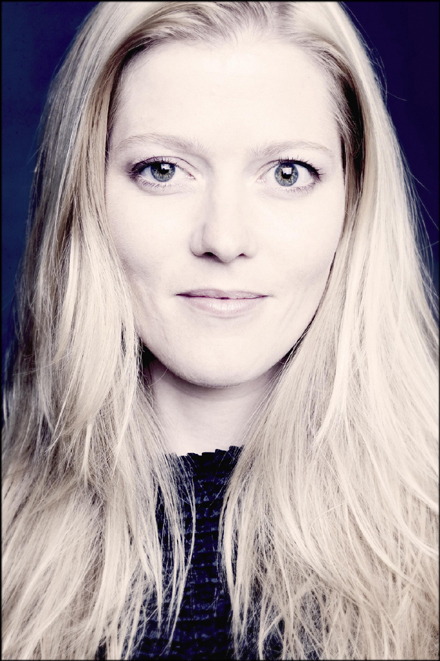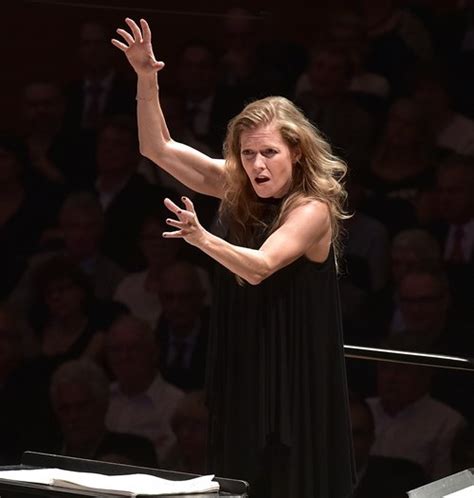It was one of the saddest days in my life. And yet, there I sat, front row, for a Toronto Symphony concert conducted and often sung by Barbara Hannigan at Roy Thompson Hall, laughing with deep delight through much of Haydn’s Symphony 86. I felt something deep and true was going on. But allow me to segue for a moment or two to explain,
During my years of training with depth psychologist Ira Progoff in New York, to become an Intensive Journal Consultant, we learned an essential truth: implicit in each individual is a potential, call it what you will – spiritual, creative, meaning-enhancing – that unites the various elements of one’s life with a unique life force that is that person’s. Moreover, the person who openly and sincerely explores and connects with his or her inner life, often what Ira called the non-conscious, comes to feel a connection to something ineffable and larger than an individuality of self.
Segue number 2: During my M. A. studies in Drama, I once read G. Wilson Knight on King Lear and he said that in this painful tragedy there was something akin to cosmic laughter as well. Further, I’m just now rereading Homo Ludens in a newer translation than before in which author Johan Huizinga explores the element of play of human culture. In other words, if existence is or can be tragic, it also laughs and dances and sings and shouts poetry too. Poet Yevgeny Yevtushenko once told me that everything in life is poetry – and who can argue, even as life too often breaks our hearts.
So back to Barbara Hannigan and her take on Haydn. Although I felt I owed some misery to my sadness, I here and there, in fact for long stretches, laughed and was consumed by laughter and the magical performance before me. There was something of Haydn here that one gradually comes to appreciate over a lifetime, that the often-underrated composer knew where he stood and that his life was dictated not, say, by simply doing time at Esterhazy, but by expressing a realized and rich inner state of being that celebrated life as human essence.
Haydn certainly knew the foibles of humanity and still he could sing, always attuned to the world through his exuberance, his tongue-in-cheek, his melodic delicacies, his gift for surprise and construction in motion, his humility, and, yes, his inner laughter. In turn, I found myself thinking, “This woman’s an ideal interpreter of Haydn,” certainly after checking out a violinist who was almost bursting with delight while bowing – I’d never seen that before on a concert stage.
Barbara Hannigan is a special energy in the current world of classical music, one who like Haydn has a natural and honed instinct for effective but unforced theatricality. To be specific, this concert opened with a dimming of lights and Debussy flute solo from somewhere behind us, beside us. The musicians were all frozen stillness and darkened grey, a world of the imagination in waiting given some sound and solid form. Next, from this stillness where she was seated among the first violins, Hannigan emerged to conduct and sing Luonnotar, a work by Sibelius unknown yet immediately haunting to me, a work to which I’ll return to know it from a deeper place in myself.
After the ensuing Haydn, the Symphonic Pieces from Berg’s opera Lulu continue always to unsettle, a feeling that is emotional and not one that any degree of analysis can placate. I first saw Lulu at the Comedie Francaise in 1970 and remain, yes, unsettled from experience of it, perhaps because the score is atmospheric with foreboding, or because the singing seems at once an expression of inner torment in a world of outer torment, or because Berg’s persistent score makes one inhabit his world. Or, being here in Roy Thomson Hall, because Hannigan’s subtly otherworldly persona fits into these goings-on like hand into glove, like life into death.
Suite from Girl Crazy, a weird but relieving juxtaposition with Lulu, ended the program as an upper supreme. And no, check the program how you will, there was no chorus scheduled to accompany Hannigan on Embraceable You, but – another delightful surprise for the evening – the orchestra members themselves, to their own delight and our own. Hannigan here showed herself a naturally radiant stage creature, one of creative instincts in many directions, one of personal magic. And because her magic is often one step ahead of her audience, it is something we very much need, perhaps to remind us of ours. She gives us magic because she seems to live her own, as she demonstrates to us that there is much to the totality we each one are


